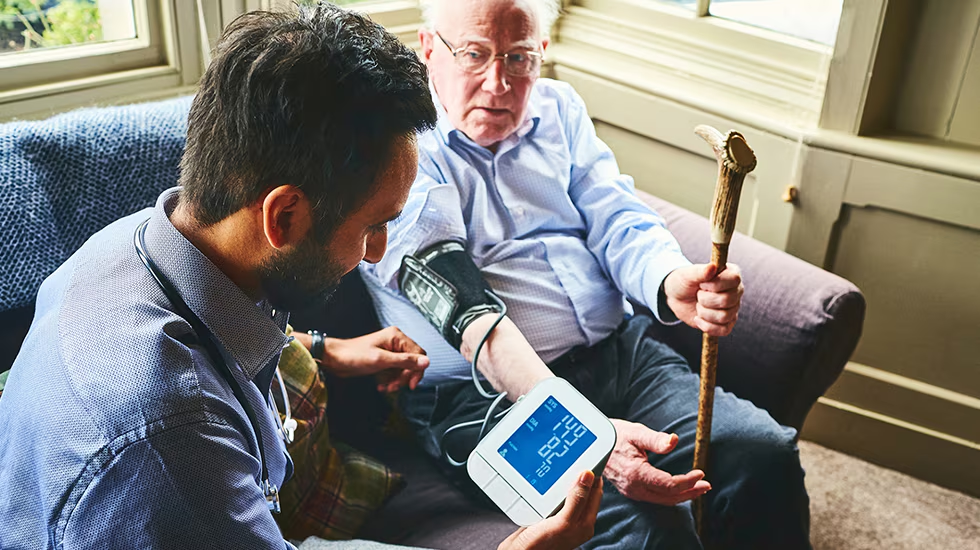The COVID-19 pandemic accelerated a major shift in healthcare delivery—away from hospital-centric care and toward services provided directly in people’s homes. Among the most promising developments to emerge is the rise of home based health screening. With the help of technology, medical innovation, and evolving patient expectations, this approach to preventive care is poised to transform how we manage our health long after the pandemic ends.
The Rise of Convenience and Accessibility
In today’s fast-paced world, time is one of the most valuable resources. Home-based screenings offer an alternative to time-consuming clinic visits, making health assessments more accessible to people with busy schedules, mobility issues, or limited access to transportation.
Rather than taking half a day off to travel, wait, and complete tests at a clinic, individuals can now perform certain screenings in the comfort of their homes. From blood pressure and glucose monitoring to stool tests and cholesterol checks, a range of reliable, user-friendly kits can now deliver meaningful insights into one’s health.
This level of convenience increases participation rates in regular health monitoring—especially for those who might otherwise delay or skip screenings altogether.
Empowering Patients with Technology
Digital health tools have empowered patients to take a more active role in their health. Many home-based assessment kits now integrate with mobile apps or cloud-based portals, allowing users to track results, receive reminders, and share data with their healthcare providers.
This real-time connection means abnormal readings can trigger early intervention, preventing minor issues from becoming serious conditions. When combined with telemedicine consults, patients no longer need to wait for in-person appointments to understand what their results mean. This sense of control can improve compliance, reduce anxiety, and encourage long-term healthy behaviors.
Cost-Efficiency for Both Patients and Providers
Healthcare systems around the world are grappling with rising costs. Home-based screening offers a cost-effective alternative to traditional testing models by minimizing the need for expensive infrastructure, staffing, and facility overhead.
For patients, especially those without comprehensive insurance or who face out-of-pocket payments, home based health screening can significantly lower costs. It eliminates travel expenses, potential time off work, and associated childcare or eldercare responsibilities. For healthcare providers, it allows better resource allocation, reserving in-person visits for those who truly need them.
Preventive Care Becomes Proactive, Not Reactive
One of the most important advantages of home screening is the way it supports preventive care. Rather than waiting for symptoms to prompt a clinic visit, individuals are encouraged to monitor their health proactively.
For example, colorectal cancer screening using a fecal immunochemical test (FIT) kit can now be done at home, enabling earlier detection of abnormalities before they become life-threatening. Similarly, diabetics can monitor blood glucose levels daily, helping prevent complications like nerve damage or kidney issues.
This model encourages ongoing, routine monitoring—allowing patients and doctors to make data-driven decisions long before diseases progress to critical stages.
Challenges and the Need for Regulation
Despite the benefits, there are challenges to overcome. Not all screening tests are suitable for at-home use, and the accuracy of results may depend on user compliance and test quality. Misinterpretation of data, especially without timely medical guidance, can also cause unnecessary stress.
Moreover, maintaining the privacy and security of health data is crucial. As more devices connect to digital platforms, strong regulations are needed to ensure patient confidentiality and safeguard against misuse of personal health information.
Proper education, certification of devices, and integration with professional medical advice are key to making home-based screening a safe, reliable, and effective tool in modern healthcare.
Looking Ahead
As the healthcare landscape evolves, it’s clear that home-based screening is not just a temporary convenience—it represents a foundational shift in how care is delivered and experienced. With aging populations, a growing focus on preventive care, and the ongoing digitization of health services, home screenings are expected to play a larger role in national and global healthcare strategies.
Whether used to complement routine clinic visits or to bridge the gap for underserved populations, home based health screening offers an inclusive, forward-thinking approach that aligns with both public health goals and patient expectations.
Conclusion
The future of healthcare is personal, proactive, and increasingly home-based. Home-based health screening empowers individuals to take charge of their well-being, improves early detection, and reduces the burden on traditional healthcare systems. While it’s not without its limitations, the trajectory is clear: this is not a passing trend, but a sustainable model that’s here to stay.

